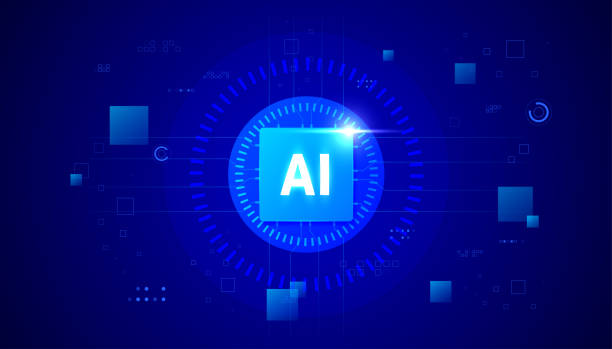What is On-Page SEO and Why is it Important?

#OnPageSEO refers to a set of actions taken within your website to improve the site’s ranking in search engines like Google.
These actions include optimizing content, site structure, HTML tags, loading speed, and more.
The importance of on-page SEO stems from the fact that search engines use these factors to better understand the content of the site and determine its relevance to users’ searches.
In other words, on-page SEO helps you show search engines what your website is about and why it should rank higher in search results.
On-page SEO is in contrast to off-page SEO, which includes activities such as link building and social media that are performed outside of your website.
Good on-page SEO makes your website more attractive to both users and search engines.
This leads to increased organic traffic, improved conversion rates, and ultimately increased revenue.
A website that is well optimized for on-page SEO is more likely to rank higher in search results and attract more users.
Don’t forget that on-page SEO is an ongoing process and requires regular review and updates.
As search engine algorithms change, SEO strategies must also be updated to achieve the best results.
Are you losing potential customers due to an unprofessional website? Rasaweb is your answer! With our specialized corporate website design services:
✅ Elevate the credibility and standing of your business
✅ Experience attracting more targeted customers
⚡ Act now to receive a free consultation!
Keyword Research and Its Role in On-Page SEO

Keyword research is the cornerstone of any on-page SEO strategy.
Before you start optimizing your website, you need to know what words users are using to search for information related to your business.
Keyword research helps you find words that have both high traffic and are relevant to your content.
To get started, you can use various keyword research tools such as Google Keyword Planner, Ahrefs, Semrush, and Moz Keyword Explorer.
These tools provide you with information about search volume, competition level, and related keywords.
When choosing keywords, look for words that are both relevant to your business and have a decent search volume.
Don’t overlook long-tail keywords, as they usually have less competition and can attract more targeted traffic to your website.
Perform keyword research continuously to be aware of changes in user search trends and adjust your strategy accordingly.
After identifying keywords, use them in your content, title tags, meta descriptions, and other sections of your website.
This helps search engines better understand the subject of your website and rank it higher in search results.
Choosing the right keywords for on-page SEO can have a dramatic impact on improving your website’s ranking.
Content Optimization for Search Engines
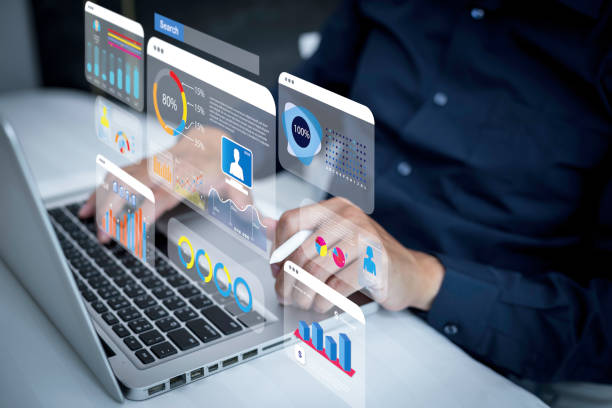
Content is king! This phrase has been heard many times in the world of SEO and is still valid.
Producing high-quality content that is relevant to the target keywords is one of the most important factors in on-page SEO.
Your content should be useful and engaging for users and answer their questions.
In addition, it should be optimized for search engines as well.
When writing content, pay attention to the following points
- Use of Keywords Use keywords naturally in the title, text, and subheadings.
- Proper Structure Use headings and subheadings (H1, H2, H3, etc.) to organize content.
- Readability Divide your content into short sections and digestible paragraphs.
- Images and Videos Use images and videos to make your content more attractive and better explain concepts.
- Internal Linking Link to other related pages on your website to strengthen your site structure.
An example of how to use HTML tags to organize content in on-page SEO
| HTML Tag | Description |
|---|---|
| <h1> | Main title of the page. Only use once per page. |
| <h2> | Main subheadings. |
| <h3> | Secondary subheadings. |
| <p> | Text paragraph. |
| <a href=”#”> | Link. |
Also, don’t forget to optimize images using the Alt tag.
The Alt tag helps search engines understand the content of the image.
Content optimization for on-page SEO is an ongoing process and requires regular review and updates.
To improve the on-page SEO of your website, constantly update your content and avoid creating duplicate content.
Your content should be unique and valuable to attract users and turn them into loyal visitors.
Optimizing Title Tags and Meta Descriptions

Title Tags and Meta Descriptions are important elements in on-page SEO that are displayed in search results.
The title tag shows the title of your page and should be attractive and relevant to the content of the page.
The meta description provides a summary of the content of the page and should encourage users to click.
Title tags and meta descriptions should be unique and relevant to each page.
Avoid using duplicate title tags and meta descriptions on different pages.
The length of the title tag should be around 50-60 characters, and the length of the meta description should be around 150-160 characters.
Use target keywords in the title tag and meta description.
This helps search engines better understand the subject of your page and rank it higher in search results.
In addition, the title tag and meta description should be attractive and compelling to encourage users to click on your link.
On-page SEO gives special importance to title tags and meta descriptions, as these elements directly affect click-through rate (CTR) and website traffic.
In short, optimizing title tags and meta descriptions is an important step in on-page SEO that can help improve your website’s ranking in search results and increase traffic.
Always remember that these elements should be attractive, relevant, and contain target keywords.
Does your current website create the trust that potential customers should have in your business? If the answer is no, it’s time to have your professional and impactful corporate website with Rasaweb.
✅ Completely custom design tailored to your brand identity
✅ Increase lead generation and credibility of your business in the eyes of customers⚡ Contact us for a free consultation!
URL Structure and Permalinks
![]()
The URL structure or address of your website pages plays an important role in on-page SEO.
Your URLs should be short, readable, and contain target keywords.
Avoid using long and complex URLs that contain incomprehensible characters.
Optimized URLs help search engines better understand the subject of your page and rank it higher in search results.
Permalinks are the permanent address of your pages.
When creating permalinks, use target keywords and avoid using unnecessary numbers and characters.
Permalinks should be fixed and should not be changed after publication, as changing them can lead to loss of ranking and traffic.
The best URL structure for on-page SEO includes the domain name, a short slug containing the keyword, and the .html or .php extension.
For example, if your page is about “On-Page SEO Guide,” the optimized URL could be: example.com/on-page-seo-guide
Finally, optimizing URL structure and permalinks is an important step in on-page SEO that can help improve your website’s ranking in search results and increase traffic.
Always remember that your URLs should be short, readable, contain target keywords, and be permanent.
Page Load Speed and Mobile Optimization

Page load speed is an important factor in Google’s ranking.
Users expect web pages to load quickly, and if a page takes too long to load, they are likely to leave it.
Slow page load speeds can lead to increased bounce rate and decreased ranking of your website in search results.
To improve page load speed, you can take actions such as optimizing images, reducing code size, using a CDN, and enabling Gzip compression.
Tools like Google PageSpeed Insights and GTmetrix can help you measure your page load speed and identify existing problems.
Mobile optimization is another important factor in on-page SEO.
Today, many users access the Internet through mobile devices, and Google gives higher rankings to websites that are optimized for mobile.
A website optimized for mobile should have a responsive design, meaning it automatically adapts to the screen size of different devices.
For mobile optimization, you can use Google’s Mobile-Friendly Test to check if your website is suitable for mobile or not.
Also, make sure your website has easy navigation and readable fonts on mobile devices.
Improving page load speed and mobile optimization are two important steps in on-page SEO that can help improve user experience and your website’s ranking in search results.
Internal Linking and Improving Site Structure

Internal linking means creating links between different pages of your website.
This helps search engines better understand your site structure and identify more important pages.
Internal linking can also help improve user experience, as users can easily access other related pages on your website.
When creating internal links, pay attention to the following points
- Relevance Links should point to pages related to the subject of the current page.
- Link Text Use descriptive anchor text that is relevant to the destination page.
- Number of Links The number of internal links on each page should be reasonable.
Avoid creating too many links. - Placement Place links in appropriate places on the page, such as within the text or at the bottom of the page.
A table to show the importance of internal linking
| Advantage | Description |
|---|---|
| Improved Ranking | Improve website ranking in search results. |
| Increased Traffic | Increase website traffic. |
| Improved User Experience | Improve the user experience of the site. |
| Increased Dwell Time | Increase the time users spend on the site. |
In addition to internal linking, your site structure should also be optimized.
The site structure should be logical and organized so that users and search engines can easily navigate it.
Creating a sitemap can help search engines find and index all pages of your website.
Optimizing internal linking and improving site structure are two important steps in on-page SEO that can help improve your website’s ranking in search results and increase traffic.
A proper site structure helps Google crawl your site better and give you a better rank.
This will improve on-page SEO.
Using Schema Markup to Improve Display in Search Results
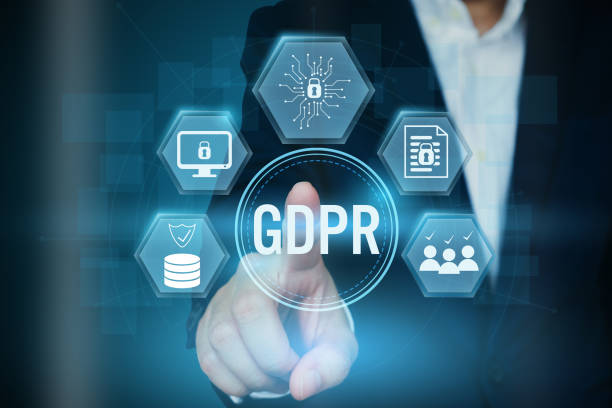
Schema Markup is a type of code that you can add to your website to provide search engines with more information about the content of your page.
Schema Markup helps search engines better understand your content and display it more richly in search results.
Richer display in search results can lead to increased click-through rate (CTR) and website traffic.
There are different types of Schema Markup that you can use for different types of content.
For example, you can use Schema Markup for articles, products, events, reviews, and more.
To use Schema Markup, you can use the Schema Markup Generator tool to generate the required code and add it to your website.
On-page SEO, by leveraging Schema Markup, improves the display of your website in search results and increases the chances of being seen.
Schema Markup can display information such as ratings, price, availability, and other related information in search results.
This information can help users make better decisions and click on your link.
Using Schema Markup is an important step in on-page SEO that can help improve your website’s ranking in search results and increase traffic.
Adding structured data helps search engine crawlers to better understand your content.
Does your company’s website create a professional and lasting first impression on potential customers? Rasaweb, with professional corporate website design, not only represents the credibility of your brand but also opens a path for the growth of your business.
✅ Creating a powerful and trustworthy brand image
✅ Attracting target customers and increasing sales
⚡ Get a free consultation
Optimizing Images and Videos for SEO
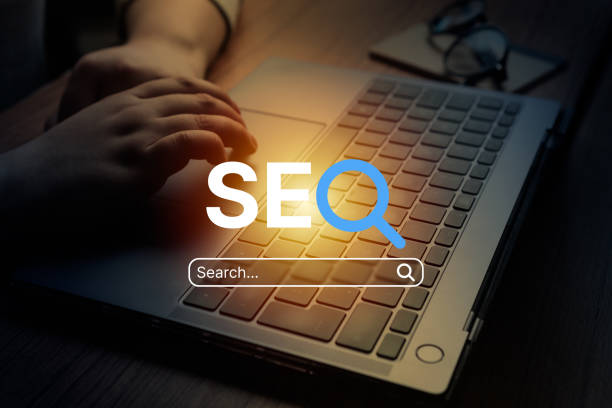
Images and videos are important elements in any website and can help improve user experience and attract audiences.
But in order for images and videos to also help your website’s SEO, you need to optimize them correctly.
Image and video optimization includes the following
- File Name Use descriptive file names that contain keywords.
- Alt Tag For images, use a descriptive alt tag that is relevant to the image content.
- File Size Reduce the file size of images and videos as much as possible to increase page load speed.
- File Format Use appropriate formats for images and videos, such as JPEG for images and MP4 for videos.
- Video Sitemap Create a video sitemap so search engines can find and index your videos.
By optimizing images and videos, you can help search engines better understand your content and rank it higher in search results.
In addition, optimizing images and videos can also help improve user experience and attract audiences.
On-page SEO increases your website traffic by optimizing images and videos and helps improve your ranking.
Using high-quality images and videos helps the on-page SEO of your website, and it makes users spend more time on your website, which tells Google that your site is useful from the users’ point of view.
Monitoring and Analyzing On-Page SEO Results
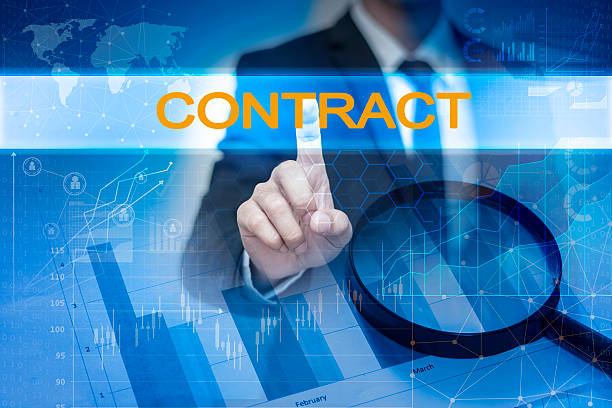
On-page SEO is an ongoing process, and to know if your strategy is effective or not, you need to monitor and analyze your results regularly.
There are various tools for monitoring and analyzing on-page SEO results, such as Google Analytics, Google Search Console, and third-party SEO tools.
Google Analytics provides you with information about your website traffic, user behavior, and conversion rate.
Google Search Console provides you with information about keyword ranking, website errors, and indexing problems.
On-page SEO, by monitoring and analyzing the results, helps you identify the strengths and weaknesses of your strategy and improve it.
Using these tools, you can find out which pages of your website have the most traffic, which keywords bring you the most traffic, and which pages need optimization.
Also, you can monitor your website’s performance over time and make the necessary changes to improve your ranking and traffic.
Monitoring and analyzing on-page SEO results is an essential step for success in SEO and helps you get the best results from your SEO investment.
Finally, remember that on-page SEO is an ongoing process and requires patience and persistence.
By following up regularly and making the necessary changes, you can improve your website’s ranking in search results and attract more targeted traffic to your website.
Frequently Asked Questions
| Question | Answer |
|---|---|
| What is On-page SEO? | On-page SEO refers to the set of actions taken within your website to improve its ranking in search engine results. This includes optimizing content, site structure, and HTML code. |
| Why is on-page SEO important? | On-page SEO helps search engines understand the content of your page and determine whether your content is relevant to searchers. It is the foundation of any successful SEO strategy. |
| What are the key elements of on-page SEO? | Page title (Title Tag), meta description, keyword usage, image optimization, heading structure (H1, H2, …), internal linking, and content quality are key elements. |
| How do we optimize the page title (Title Tag)? | The page title should include the main keyword, be attractive and encouraging to click, and its length should be between 50 and 60 characters (or suitable pixels) to be fully displayed in search results. |
| What role does the meta description play in on-page SEO? | The meta description is a summary of the content of the page that is displayed below the title in search results. Although it does not directly affect ranking, it helps SEO by increasing click-through rate (CTR). |
| What is the importance of using a heading structure (H1, H2, H3) in on-page SEO? | Headings structure the content of the page and make it easier to read. H1 is usually the main title of the page and should include the keyword. H2 and H3 are used to organize subsections and help search engines understand the hierarchy of content. |
| How do we use keywords effectively in content? | Keywords should be used naturally and logically throughout the content, including the introduction, body, and conclusion. Avoid overfilling keywords (Keyword Stuffing). |
| What steps does image optimization for on-page SEO include? | Includes compressing images to reduce size, using descriptive file names, adding appropriate alt text, and optimizing image title and descriptions. Alt Text is critical for accessibility and helping search engines understand the content of the image. |
| What is internal linking and what are its benefits? | Internal linking means creating a link from one page on your website to another page on the same website. This helps users easily navigate your site, distribute page authority across the site, and helps search engines better understand your site structure. |
| What is the importance of content quality in on-page SEO? | High-quality, accurate, comprehensive, and valuable content for users is the cornerstone of on-page SEO. Search engines prefer content that meets the needs of users. Quality content leads to longer user presence on the site (Dwell Time) and reduced bounce rate, which are positive SEO signals. |
And other services of Rasa Web Advertising Agency in the field of advertising
Smart digital branding: a new service to increase campaign management through user experience customization.
Smart advertising campaign: a professional solution for digital branding with a focus on smart data analysis.
Smart direct marketing: a new service to increase digital branding by optimizing key pages.
Smart marketing automation: a new service to increase customer acquisition through a SEO-oriented content strategy.
Smart reportage: a professional solution for increasing sales with a focus on accurate audience targeting.
And more than a hundred other services in the field of internet advertising, advertising consulting, and organizational solutions
Internet advertising | Advertising strategy | Reportage ad
Resources
What is On-Page SEO?
,On-Page SEO Training
,What is On-Page SEO? The Most Important On-Page SEO Tips in 2024
,What is On-Page SEO and Why is it Important?
? For taking off in the digital space and reaching more audiences, Rasaweb Afarin Digital Marketing Agency, by providing services such as responsive website design and professional optimization, paves the way for your business success.
📍 Tehran, Mirdamad Street, next to Central Bank, South Kazerun Alley, Ramin Alley, No. 6



